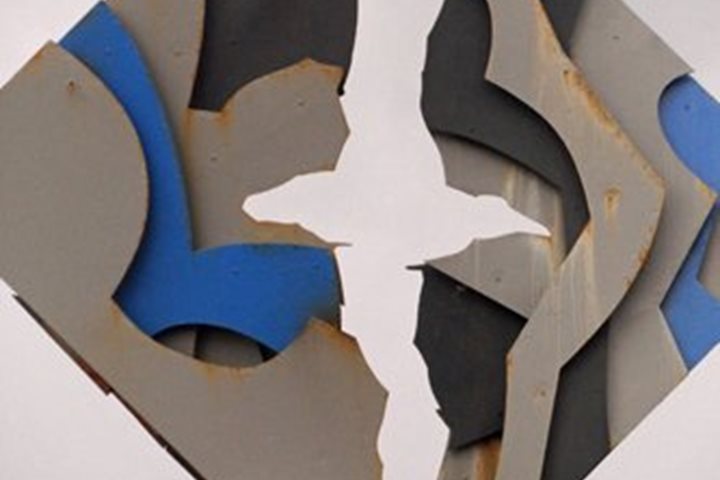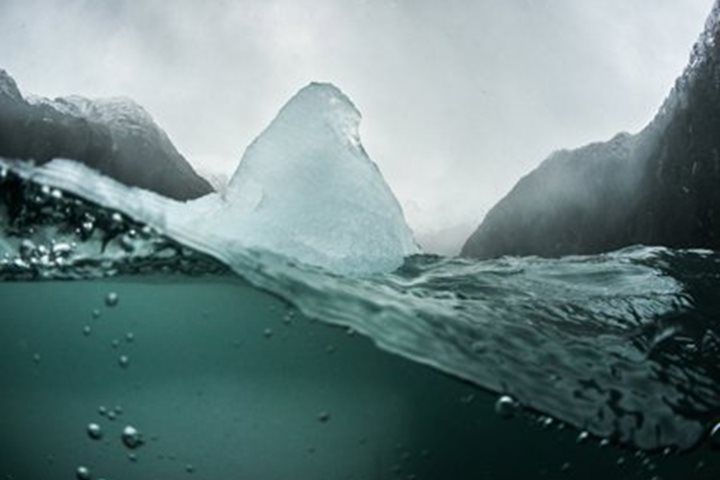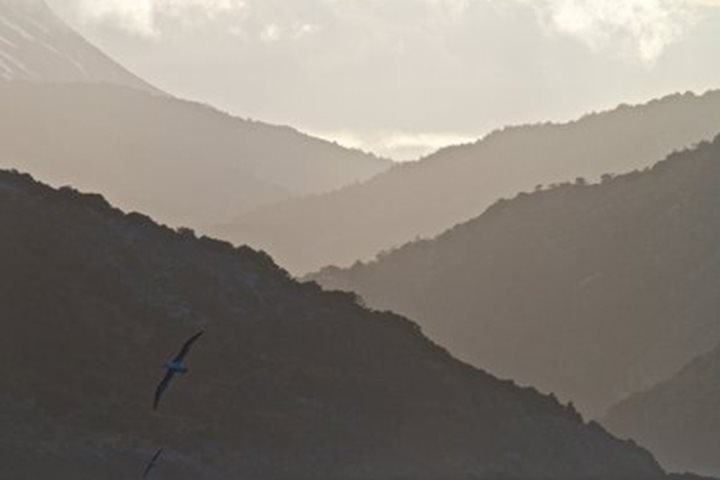It was 181 years ago—on September 7, 1832—that the HMS Beagle anchored in a long, shallow estuary along the coast of Argentina south of Buenos Aires. On board was a young naturalist named Charles Darwin, who was fascinated by this region located in the rain shadow of the Andes known as the Pampas. He described not only the beautiful rolling Pampas landscape (from the indigenous Quecha word meaning “plain”), but also the rock layers of the region that contained fossils of extinct vertebrates. Many of his observations remain valid to this day. And the rest is history.
Today, in this new age of exploration, National Geographic Explorer arrives at the now bustling modern port of Bahía Blanca for our first excursion of the voyage. In addition to Darwin’s visit, Bahía Blanca is on the map as one of the best places to see the burrowing parrot, and it’s also the hometown of Manu Ginobli, a basketball star with the San Antonio Spurs.
It's a relaxing drive inland to visit an estancia, or ranch, called Mahuida Co., in the foothills of the Sierra de la Laguna, a provincial national park. The estancia is a beautiful spread set against the backdrop of the mountains, where ancient two-billion-year-old Precambrain rocks are exposed, surrounded by the lowland Pampas ecosystem. This agricultural region is home to some of the most fertile soils anywhere in the world where grains, sunflowers, soybeans and other crops are grown. Although the mountains are ancient, the sedimentary rock layers the soils are derived from are much younger, composed of windblown silt and sand that forms deposits that geologist call loess. Sadly, less than 10% of the native grassland, steppe, and dry forest habitat of the Pampas remain, primarily because of the extensive cultivation and ranching.
At the estancia we are greeted by our hosts who lead us through a stand of giant trees to a picnic site, literally an arboretum of exotic species from all over the world planted to break the persistent Patagonian winds. There’s a saying, “if you want to see Patagonia, sit and watch it blow by…” In the shade of the trees we are treated to a traditional lunch of empañadas and meat stew, which we happily wash down with Argentinian wine. Following the delicious lunch we reposition to the working part of the estancia, where a dozen or more local gauchos, Patagonian “cowboys,” perform a rodeo to demonstrate their skill as riders and ropers. This was a challenging photo opportunity, both for the speed of the action and harsh mid-day light, but we all came away with memorable images of the performance and the stylish gauchos.
Following the rodeo, we divide into groups and explore the estancia. Some of us go for a hike into the hills to a scenic overlook, others walk the ranch looking for birds, while a few of us linger to photograph the gauchos, who continue the rodeo on their own. After enjoying a wonderful and informative afternoon, we are back on board just after sunset, after making a brief stop to view the burrowing parrots. We enjoy a quiet dinner at the wharf while we recount stories from the day.







